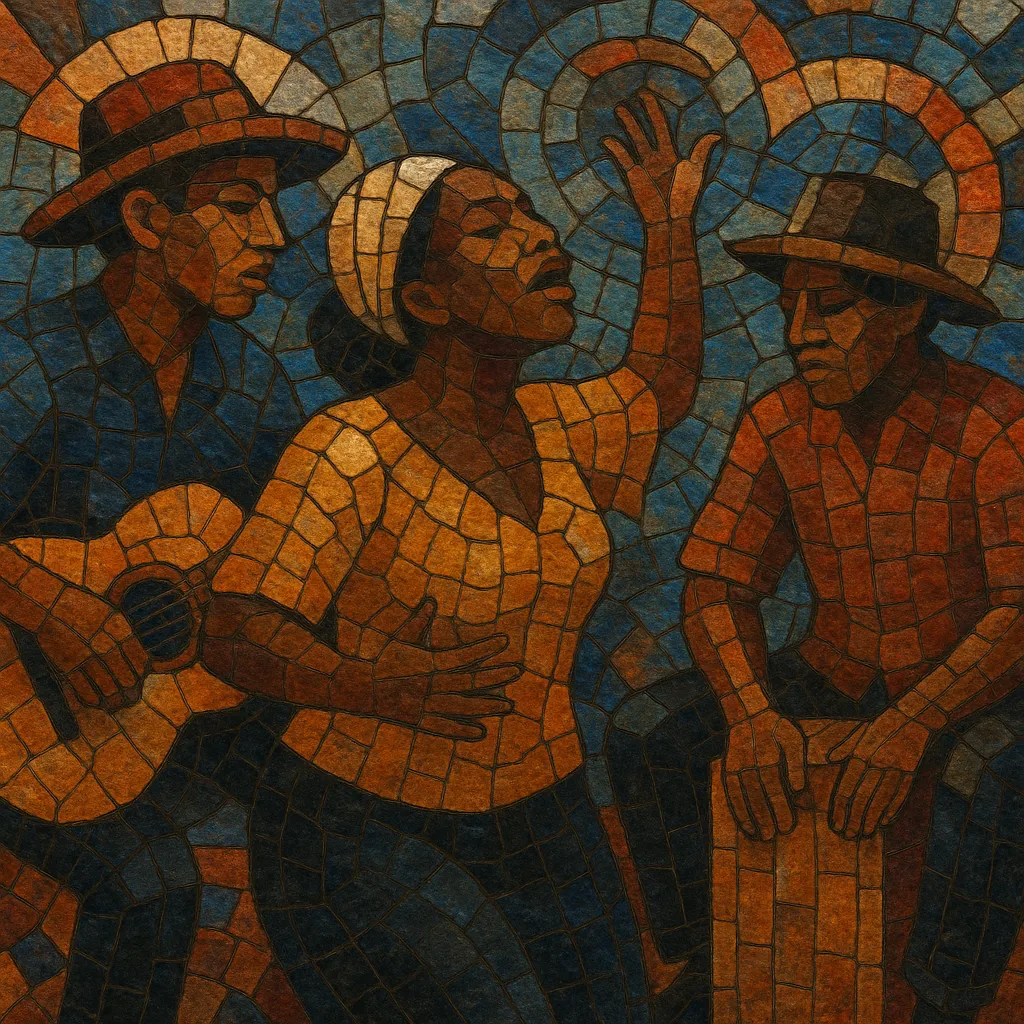Landó is an Afro‑Peruvian music and dance form from Peru’s coastal region, marked by a supple 12/8 (or slow 6/8) pulse, interlocking hand percussion, and a vocal delivery that often leans toward call‑and‑response. Its groove is typically carried by the cajón (box drum), accented by the quijada (donkey jawbone) and cajita (small slit box), while guitars outline minor‑mode or Dorian vamps.
Compared with the festive, uptempo festejo, landó is slower, more sinuous, and frequently bittersweet in tone. Classic repertoire like “Toro Mata” exemplifies its swaying hemiola feel (the subtle play between 6/8 and 3/4) and its evocation of memory, identity, and longing. In contemporary settings, landó is performed both in folkloric ensembles and in refined, concert‑stage arrangements that preserve its Afro‑Peruvian rhythmic core.
Landó emerged on Peru’s central coast during the 19th century, shaped by Afro‑descendant communities whose musical practices blended Central/West African rhythmic sensibilities with local criollo song traditions. While its exact lineage is debated, scholars often point to links with older Black coastal dances and songs and to the broader Afro‑Peruvian expressive world in which the cajón, quijada, and handclaps created complex, lilting grooves.
Across the late 19th and early 20th centuries, Afro‑Peruvian forms were marginalized in formal cultural spaces. Landó survived in community memory, domestic gatherings, and dance contexts, with songs transmitted orally. Its slower, swaying character, minor/Dorian inflections, and intimate performance practice kept it distinct from more European‑leaning salon genres.
From the 1950s through the 1970s, artists and researchers—especially Nicomedes and Victoria Santa Cruz—spearheaded an Afro‑Peruvian cultural revival. Troupes such as Perú Negro brought landó back to the stage, codifying percussion parts and choreographies. Signature pieces like “Toro Mata” became emblematic, and singers including Susana Baca, Lucila Campos, and later Eva Ayllón popularized landó within Peru’s música criolla scene and beyond.
From the 1990s onward, landó received international attention through recordings, tours, and collaborations. Artists integrated landó into world‑music and Latin‑jazz contexts, and contemporary groups experimented with subtle electronic textures while preserving the 12/8 cadence and cajón‑driven heartbeat. Today, landó remains a core pillar of Afro‑Peruvian identity and a touchstone for cross‑cultural fusion.


